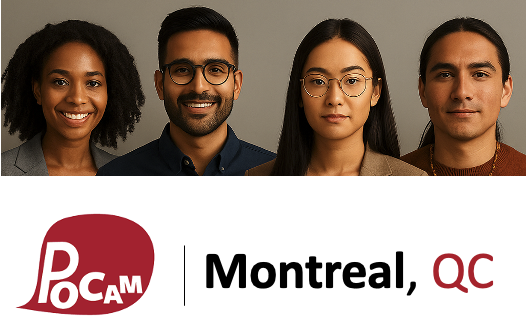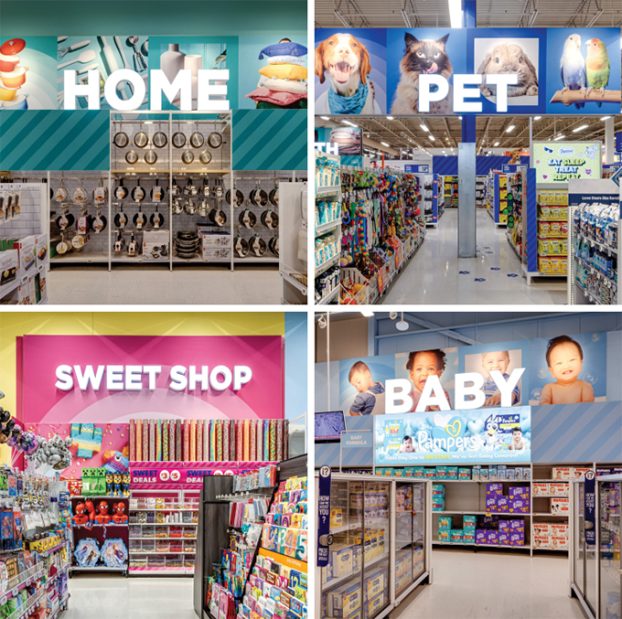English is spoken in different ways around the world, often without anyone to judge on what’s “proper.” But when someone in Asia has a goal to study at a university in the U.S., for instance, the proper way certainly matters.
Manchester, England-based British Council wants potential takers of its IELTS exam to know when it comes to passing the test, it doesn’t matter where they’re from, what their accent sounds like or where they want to study.
So it has launched a global campaign, led by Montreal-based Oui Marketing, to share with people in its key markets that “There are 1,001 ways to speak English. And one easy way to test it.”
IELTS is a test taken more than two million times each year, but faces a challenge with potential students who want to study outside of the U.K. and commonwealth countries, as many assume it is a British test only meant for that area, says Charles-Loïc Danan, VP strategy at Oui Marketing. To get its point across without directly mentioning its main competitor, U.S.-based non-profit ETS, the administrator of the TOEFL test, the brand and its agency came up with a campaign to tout its role in countless countries.
“When you are young and you have never faced an English test, you have a blurry understanding of what is the test and who is providing it; for you it is only a question of being stressed by taking a test,” Danan says. “What people have in mind, mostly everywhere, is TOEFL is an American test so it’s very good for the American universities.
“So we have a duty to make it clear we are everywhere and we can test every standard of accent all over the world, and we already do it,” he adds. “For that reason, we came with this very top-down message, the idea that IELT is as universal as English.”
The campaign, featuring print, display and digital, as well as an online video and a soon-to-be-launched app, is being rolled out in around 20 countries on five continents, targeting international students seeking entry into English-language universities, as well as people seeking to immigrate to English-speaking countries.
The print ads, featuring portraits of people from key markets like Saudi Arabia, Brazil and China and done in collaboration with Rodeo Productions and local photographers Leda & St-Jacques, call out the U.S., Danan says, because it is a fast-growing market for international students. The number of international students going to the U.S. grew from 764,000 in 2011/2012 to 820,000 in 2012/2013, a difference of 7%, he says.
Agencies and branches of the British Council in their respective markets will be responsible for implementing their own campaigns, but will follow guidelines set out by Oui for their social and digital efforts.
It might seem a bit odd, a predominantly French-speaking agency being chosen to put together a global campaign for an English-language test, but Oui Marketing, which started working with the British Council in 2013 in Canada, won a global competition over the Council’s agencies in other markets.
Danan says his agency took a new approach to the work, eschewing stock images for ones that felt warmer, while putting the focus on a person’s dreams being achieved, rather than on the test itself.
“The strategy and the image was very cold,” he says. “Even the name of the tests, there is no humanity, nobody knows exactly what it means.
“So we focused on the people and not on the test, and what we are promoting is not the test anymore but the life after the test.”
Members of the agency visited key markets like China, South Korea, Saudi Arabia, Brazil and India to test the creative and found, perhaps not surprisingly, that different cultures had different perceptions of the U.S. and different reactions to the creative, notes creative director Sylvain Daoust.
For instance, some markets reacted negatively to photos with dark lighting, resulting in the development of images that are lighter. The print ads, which will appear Maclean’s magazine in Canada, feature modern-looking young people in traditional outfits, to accentuate their ties to their countries of origin.
“People told us it was really important for them to see themselves in the campaign,” Daoust adds, noting the focus groups made the final decision on which portraits would be used. “It was really important for them to see themselves, not in the way we perceive them, but as they really are.”
[iframe_youtube video=”u_0fEziNL9k”]




































